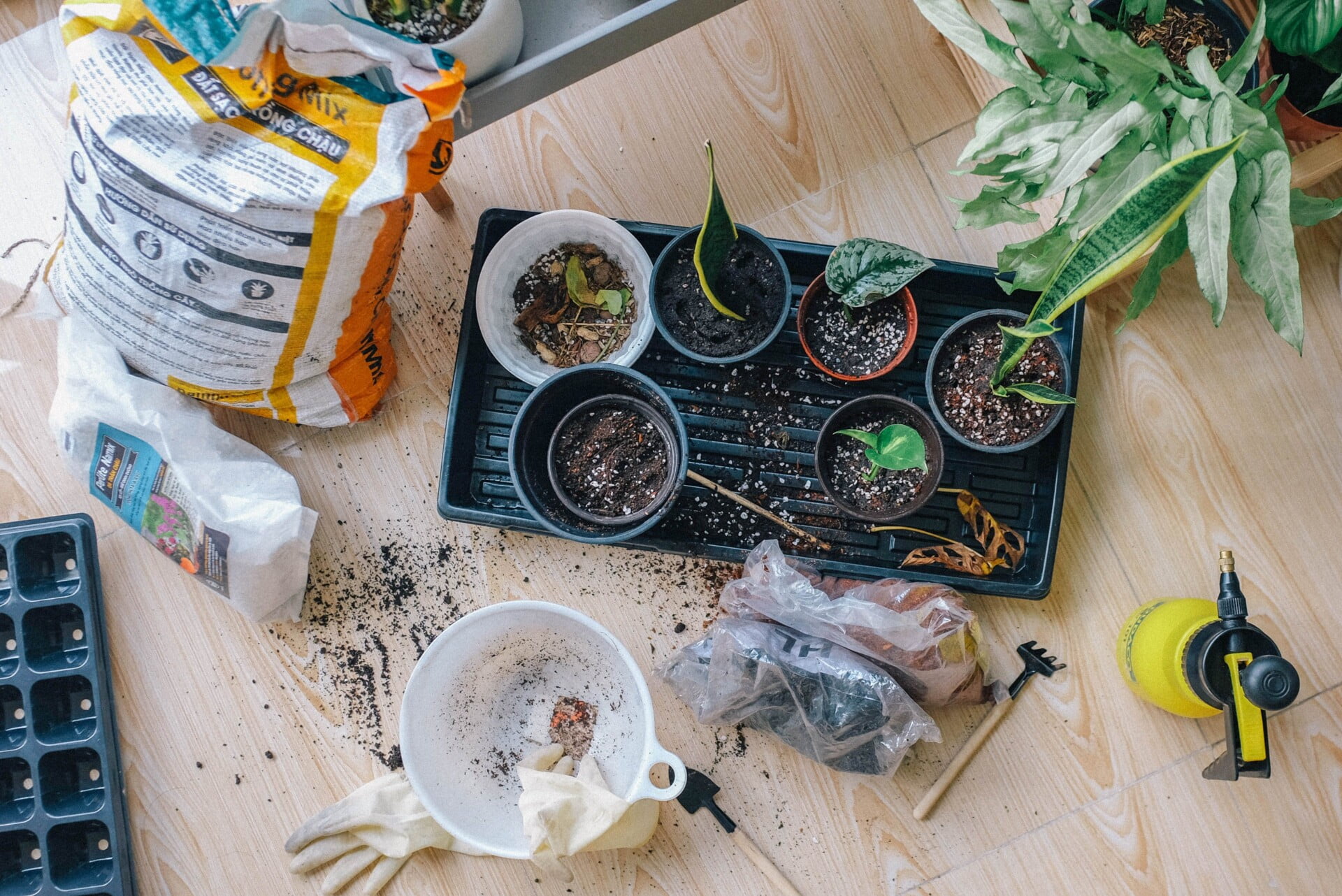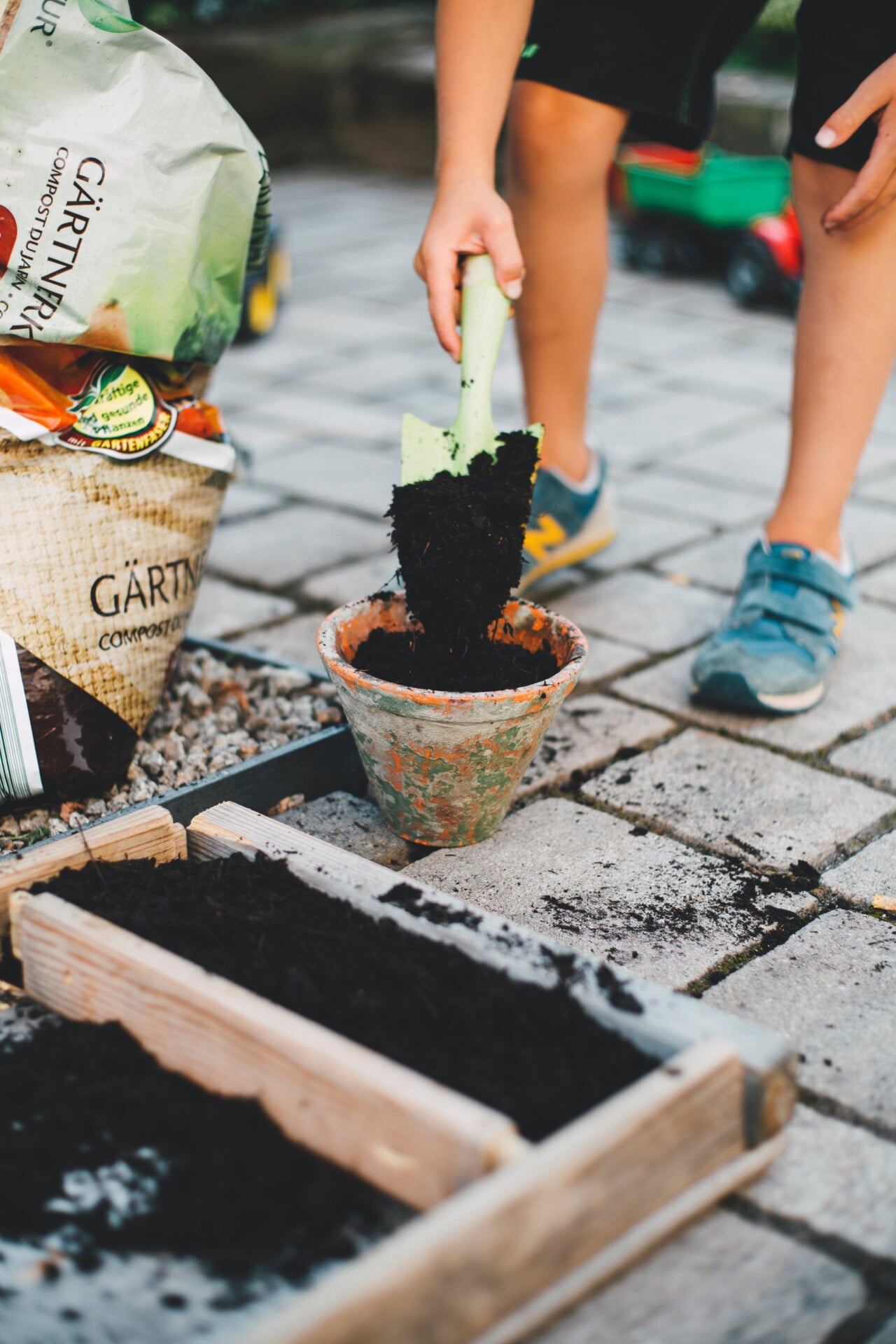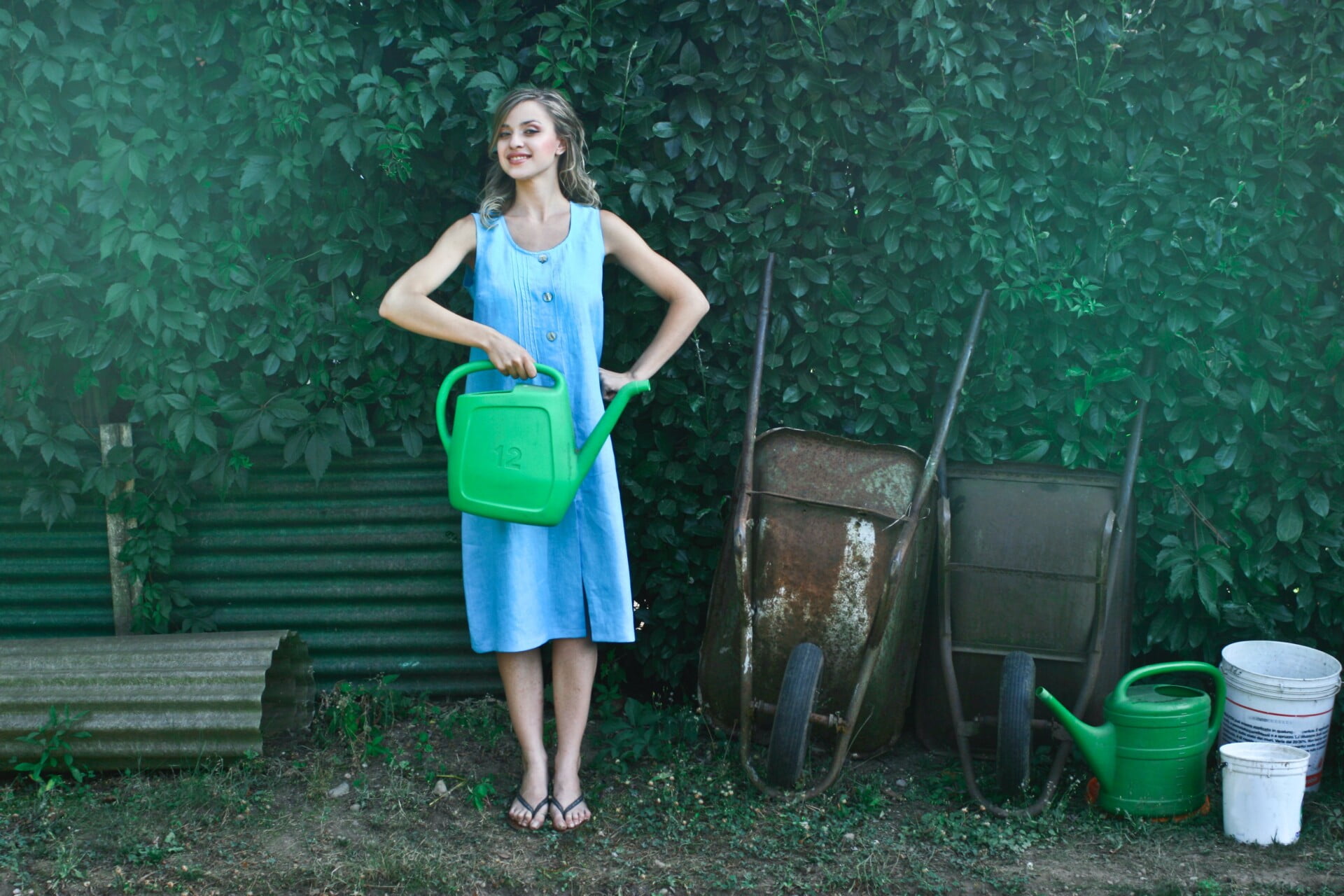Imagine lounging on your rooftop garden, basking in the gentle sunshine and enjoying the breathtaking views. However, as the temperatures rise, you may start to yearn for a little respite from the heat. That’s where this DIY guide comes in handy – it will show you simple and creative ways to add shade to your rooftop garden. From stylish umbrellas and canopies to natural solutions like trellises and pergolas, you’ll discover practical tips that will make your rooftop garden the cool, shady escape you’ve always dreamed of.

Evaluate the Sun Exposure
When adding shade to your rooftop garden, it’s important to first evaluate the sun exposure in your area. This will help you determine the best strategies for creating shade and optimizing the comfort of your outdoor space.
Assess the Direction of Sunlight
Start by observing the direction of sunlight in your rooftop garden. Take note of where the sun rises and sets, as well as the angle at which it shines throughout the day. This will help you identify the areas that receive the most intense sunlight and require the most shade coverage.
Observe the Intensity of Sunlight
Next, consider the intensity of sunlight in different areas of your rooftop garden. Some parts may be exposed to direct sunlight for long periods, while others may only receive partial or indirect sunlight. Understanding the intensity of sunlight will inform your shade selection and placement decisions.
Determine the Duration of Sunlight
Lastly, determine the duration of sunlight in your rooftop garden. Take note of how long each area is exposed to direct sunlight and consider the timing. For example, certain areas may receive intense sunlight during the hottest part of the day, while others may be shaded in the morning or afternoon. This information will help you plan when and where shade structures are needed most.
Choose Appropriate Shade Structures
Once you have evaluated the sun exposure in your rooftop garden, it’s time to choose the appropriate shade structures. There are several options to consider, each with its own advantages and aesthetic appeal.
Shade Sail
A shade sail is a versatile and stylish option that can be easily customized to fit your rooftop garden. These triangular or square pieces of fabric are stretched tightly between anchor points to create a shaded area. Shade sails come in various colors and sizes, allowing you to choose a design that complements your garden’s aesthetic.
Pergola
A pergola is a popular shade structure that adds architectural interest to your rooftop garden. Typically made of wood or metal, a pergola consists of crossbeams supported by columns or posts. You can enhance the shade by adding climbing plants such as vines or hanging shade cloth to the top. Pergolas provide both shade and an open-air feel, making them a great choice for larger rooftop gardens.
Umbrellas
For smaller rooftop gardens or specific seating areas, umbrellas are a convenient and flexible shade solution. They can be easily adjusted and moved around as needed to provide shade exactly where you want it. Umbrellas come in a variety of sizes, shapes, and colors, allowing you to find the perfect match for your rooftop garden’s style.
Shade Cloth
Shade cloth is a simple and cost-effective shade option that can be used in conjunction with other structures or on its own. Made of woven polyethylene or similar materials, shade cloth can be easily installed over pergolas, arbors, or other frames to provide additional shade. It is available in different densities, allowing you to choose the level of shade you desire.
Arbor
An arbor is another attractive choice for creating shade in your rooftop garden. Similar to a pergola, an arbor is an archway with a lattice or trellis roof. It can be used as a standalone structure or incorporated into existing garden features. With the right plants, an arbor can provide shade while enhancing the beauty of your rooftop garden.
Consider Natural Shade Options
In addition to shade structures, you can also consider incorporating natural shade options into your rooftop garden. These options not only provide shade but also add a touch of greenery and improve air quality.
Plant Trees or Tall Shrubs
One natural shade option is to plant trees or tall shrubs in your rooftop garden. Choose shade-tolerant varieties that flourish in your climate and have a mature height that aligns with the amount of shade you desire. Trees not only provide shade but also create a pleasant environment and can even reduce energy costs by blocking direct sunlight from heating the surrounding area.
Install Trellises for Climbing Plants
Another way to create natural shade is by installing trellises for climbing plants. Climbing plants such as ivy, jasmine, or bougainvillea can be trained to grow on trellises attached to walls or other structures, creating a living shade. These plants not only provide shade but also add beauty and create a sense of privacy in your rooftop garden.
Calculate the Required Shade Coverage
Before installing shade structures or planting shade-providing vegetation, it’s important to calculate the required shade coverage for your rooftop garden. This will ensure that you achieve the desired level of shade and maximize the comfort of your outdoor space.
Measure and Map the Garden Area
Start by measuring and mapping your rooftop garden area. Take into account any existing structures, seating areas, or other features that you want to shade. This will help you determine the total surface area that needs to be covered by shade structures or vegetation.
Determine the Desired Shade Percentage
Next, determine the desired shade percentage for your rooftop garden. This will depend on factors such as your sun exposure evaluation, climate, and personal preference. For example, you may want to aim for 50% shade coverage if you have intense sunlight for long periods, or you may prefer a lower percentage if you still want some areas to receive direct sunlight.
Calculate the Total Shade Size Needed
Using the measured garden area and desired shade percentage, calculate the total shade size needed. This can be done by multiplying the garden area by the shade percentage in decimal form. For example, if your garden area is 100 square feet and you want 50% shade coverage, you would multiply 100 by 0.5 to get a total shade size of 50 square feet.

Prepare the Rooftop Surface
Before installing shade structures or planting shade-providing vegetation, it’s important to prepare the rooftop surface to ensure proper installation and long-lasting shade solutions.
Clear the Area
Start by clearing the rooftop area of any debris, furniture, or other objects that may obstruct the installation of shade structures. Make sure the surface is clean and free from any potential hazards that could affect the stability of the structures.
Repair or Reinforce the Roof
Inspect the rooftop surface for any damages or weak spots. Repair or reinforce the roof as necessary to ensure that it can support the weight of shade structures or vegetation. Consult a professional if needed to ensure proper safety measures are taken.
Clean the Surface
Clean the rooftop surface to remove dirt, dust, and other debris that may hinder the installation of shade structures or affect the growth of shade-providing vegetation. Use appropriate cleaning methods and products that are suitable for the roofing material.
Apply a Waterproofing Membrane
Consider applying a waterproofing membrane to the rooftop surface. This will provide additional protection against water damage and prolong the lifespan of shade structures or vegetation. Consult a professional or follow manufacturer guidelines for proper application.
Install Shade Structures
Once the rooftop surface is prepared, it’s time to install the selected shade structures. Follow these steps to ensure a successful installation and optimal shade coverage.
Determine the Installation Method
Refer to the manufacturer instructions and determine the appropriate installation method for your chosen shade structures. Consider factors such as the type of structure, rooftop surface material, and desired stability.
Secure Anchor Points
Install secure anchor points for shade sails or other structures that require tensioning. This can be done by attaching brackets or other hardware to the rooftop surface, ensuring they are securely fastened and capable of withstanding wind and other elements.
Set Up the Shade Sail
If you have chosen a shade sail, carefully follow the installation instructions provided by the manufacturer. Start by attaching the sail to the anchor points, ensuring it is taut and evenly tensioned. Make any necessary adjustments to achieve the desired shape and coverage.
Construct the Pergola or Arbor
For pergolas or arbors, assemble the structure according to the provided instructions. Ensure that all components are securely connected and stable. If desired, add any shade-enhancing elements such as climbing plants or shade cloth to the top.
Position the Umbrellas
For umbrella installation, carefully position the umbrellas in the desired locations, taking into account the sun exposure evaluation and desired shade coverage. Use any included anchors or secure them to sturdy objects to ensure stability.
Attach the Shade Cloth
If you have chosen shade cloth, securely attach it to the frame or structure. Ensure that it is evenly stretched and properly fastened to prevent sagging or damage. Consider using additional fasteners or clips to secure the cloth if necessary.

Plant Shade-Providing Vegetation
In addition to shade structures, planting shade-providing vegetation can enhance the comfort and aesthetic appeal of your rooftop garden. Follow these steps to ensure successful plant growth and optimal shade coverage.
Choose Shade-Tolerant Plants
Select shade-tolerant plants that thrive in your climate and can withstand the conditions of your rooftop garden. Consider factors such as sunlight requirements, water needs, and the availability of suitable containers or planting areas.
Consider Container Gardening
If your rooftop garden has limited space or weight-bearing capacity, consider container gardening for your shade-providing plants. Choose appropriate containers that allow for proper drainage and root growth. Arrange the containers strategically to maximize shade coverage and visual appeal.
Optimize Plant Placement
When planting shade-providing vegetation, consider the sun exposure evaluation and the desired shade coverage. Position the plants in areas that receive the most intense sunlight or where shade is needed most. Take into account the mature size of the plants and their growth patterns to ensure optimal shade coverage.
Maintain and Enhance the Shade
Once the shade structures and vegetation are in place, it’s important to maintain and enhance the shade to ensure its longevity and effectiveness.
Regularly Prune Trees and Shrubs
Regularly prune trees and shrubs to control their growth and maintain the desired shade coverage. Remove any dead or damaged branches, and trim back any overgrowth that may impede sunlight or crowd other plants. Pruning also helps promote healthy growth and overall plant vigor.
Monitor for Weed Growth
Keep an eye out for weed growth around your shade-providing vegetation. Weeds can compete with your plants for nutrients and water, hindering their growth and affecting the shade coverage. Regularly remove weeds to maintain a clean and healthy garden environment.
Water and Fertilize Appropriately
Provide adequate water and nutrients to your shade-providing vegetation. Follow proper watering and fertilizing practices specific to the type of plants you have selected. Monitor soil moisture levels and adjust your watering schedule accordingly. Use suitable fertilizers to promote healthy plant growth and maintain vibrant foliage.
Utilize Shade Accessories (e.g., Curtains, Canopies)
Consider utilizing additional shade accessories to enhance and customize the shade in your rooftop garden. Install curtains or canopies that can be adjusted to provide additional shade in specific areas or during certain times of the day. These accessories can be particularly useful in creating a cozy and private atmosphere.
Consider Other Shade-Enhancing Techniques
To further extend the shade and enhance the comfort of your rooftop garden, consider implementing other shade-enhancing techniques.
Install Outdoor Fans
Outdoor fans can provide a refreshing breeze and help circulate air, making your shaded areas even more comfortable. Install ceiling fans or freestanding fans strategically to maximize their effectiveness. Choose fans that are suitable for outdoor use and designed to withstand weather conditions.
Create Shade with Water Features
Water features such as fountains or misters can create a cool and inviting atmosphere in your rooftop garden. By incorporating these features into the shaded areas, you can enhance the overall comfort and aesthetics of your outdoor space. Ensure that the water features are properly installed and maintained to prevent any leaks or other issues.
Use Temporary Shade Solutions (e.g., Roller Blinds)
For added flexibility and versatility, consider using temporary shade solutions such as roller blinds or retractable awnings. These can be easily adjusted or retracted based on the sun’s position or your specific shade requirements. Temporary shade solutions are particularly useful if your rooftop garden has changing sun exposure throughout the day.
Safety Considerations
When adding shade structures or vegetation to your rooftop garden, it’s important to prioritize safety. Consider the following safety considerations to ensure a secure and enjoyable outdoor space.
Ensure Stability and Wind Resistance
Ensure that all shade structures are securely anchored and capable of withstanding wind gusts and other weather conditions. Use appropriate hardware and follow manufacturer recommendations for installation. Periodically check the stability of the structures and make any necessary adjustments or repairs.
Check Weight-Bearing Capacity
Verify that your rooftop surface can safely support the weight of shade structures, particularly if you have larger structures or dense vegetation. Consult an engineer or professional if needed to assess the weight-bearing capacity and ensure structural integrity.
Securely Anchor Structures
Properly anchor all shade structures to prevent accidents or damage caused by high winds or other external forces. Use appropriate anchors or fasteners that are suitable for your rooftop surface and follow manufacturer guidelines. Regularly inspect and tighten the anchors as needed.
Follow Local Building Codes
Always follow local building codes and regulations when adding shade structures to your rooftop garden. Obtain any necessary permits or approvals and ensure compliance with safety standards. Consulting with professionals or contractors can help ensure that your shade installation meets all necessary requirements.
In conclusion, adding shade to your rooftop garden can significantly enhance the comfort and appeal of your outdoor space. By evaluating the sun exposure, choosing appropriate shade structures and vegetation, calculating the required shade coverage, and following proper installation and maintenance practices, you can create a shaded oasis that reflects your personal style and provides a cool retreat from the sun. Remember to prioritize safety and follow local building codes to ensure a secure and enjoyable rooftop garden experience.
